The Shiva Samhita Our Books Bhagavad Gita Gheranda Samhita Hatha Yoga Pradipika Kamasutra Shiva Samhita The Shiva Samhita A Critical Edition and An English Translation James Mallinson YogaVidya.com An important message to our readers: The asanas in this book should not be attempted without the supervision of an experienced teacher or prior experience. Many of the other practices should not be attempted at all. The ideas expressed in this book should not be used to diagnose, prescribe, treat, cure, or prevent any disease, illness, or individual health problem. Consult your health care practitioner for individual health care. YogaVidya.com LLC shall not be liable for any direct, indirect, incidental, special, consequential, or punitive damages resulting from the use of this book. YogaVidya.com, PO Box 569, Woodstock NY 12498-0569 USA Copyright 2007 YogaVidya.com LLC.
All rights reserved Read the Originals is a trademark of YogaVidya.com LLC. YogaVidya.com is a registered trademark of YogaVidya.com LLC. First edition  The paper used in this book meets the requirements of the American National Standards Institute/National Information Standards Organization Permanence of Paper for Publications and Documents in Libraries and Archives, ANSI/NISO Z39.48-1992. British Library Cataloguing-in-Publication Data A catalogue record for this book is available from the British Library. Library of Congress Cataloging-in-Publication Data Sivasamhita. English & Sanskrit.
The paper used in this book meets the requirements of the American National Standards Institute/National Information Standards Organization Permanence of Paper for Publications and Documents in Libraries and Archives, ANSI/NISO Z39.48-1992. British Library Cataloguing-in-Publication Data A catalogue record for this book is available from the British Library. Library of Congress Cataloging-in-Publication Data Sivasamhita. English & Sanskrit.
The Shiva samhita : a critical edition and an English translation / James Mallinson. 1st ed. p. cm. Includes index. paper) ISBN 978-0-9716466-5-0 (pbk. : alk. paper) ISBN 978-0-9899966-1-7 (eBook) 1. paper) ISBN 978-0-9899966-1-7 (eBook) 1.
Hatha yogaEarly works to 1800. I. Mallinson, James, 1970 II. Title. BL1238.56.H38S58513 2007 294.59dc22 2006052817 Loretta rocks. For Claudia and Lily
Introduction
COMPOSED OVER five centuries ago, the
Shiva Samhita is one of the most celebrated root texts of Hatha Yoga.
It includes beautiful teachings found nowhere else. This edition contains the original Sanskrit, properly edited and printed for the first time, and a new, accurate translation thereof. It also features photographs of the asanas and mudras described therein. The book is addressed by Shiva to his consort Parvati, and the title means The Collection [of Verses] of Shiva. It proclaims a Yoga teaching, yet also calls itself a tantra. It is such an eclectic collection of Yogic lore that a thorough breakdown of its contents would be nearly as long as the text itself, but the topics covered in its five chapters can be summarized as follows.
The first chapter starts with the declaration that there is one eternal true knowledge and goes on to mention various methods of liberation and philosophical standpoints, all of which can be transcended by the teachings on Yoga found in the Shiva Samhita. Most of the rest of the chapter is an exposition of nondual Vedantic philosophy in the style of the southern Tantric school of Sri Vidya. The second chapter describes the macrocosms microcosmic equivalents in the body, the nadis or channels, the internal fire, and the workings of the jiva, or vital principle. The third chapter describes the winds in the body, the importance of the guru, the four stages of Yoga, the fivefold elemental visualizations, and four asanas. The fourth chapter details eleven mudras, which are techniques that result in various Yogic attainments and magical powers, in particular the raising of Kundalini. The fifth chapter is the longest and most diverse. It describes the obstacles to liberation, the four types of aspirants, the magical technique of shadow gazing, the internal sound, esoteric centers and energies in the body including Kundalini and the seven lotuses, the king of kings of Yogas, and a threefold mantra whose repetition leads, via global domination, to absorption in the Absolute.
The Shiva Samhita was cited extensively by such eminent medieval authors as Narayana Tirtha, Shivananda Sarasvati, Ballala, and Bhavadeva Mishra. The latters Yuktabhavadeva was composed in 1623 CE, while Shivananda Sarasvatis Yogacintamani can be dated to approximately 1600 CE. So, allowing some time for the Shiva Samhita to attain a reputation making it worthy of citation, we can suppose 1500 CE as the latest date for the texts composition. The text borrows verses from earlier works, including the Amritasiddhi and the Dattatreya Yoga Shastra. The latter can be dated to approximately the thirteenth century CE, So we can say that the Shiva Samhita was probably composed between 1300 and 1500 CE. It also contains a good clue as to where it was composed. In the fifth chapter there is a rather forced attempt to impose a new (and topographically unlikely) homology on top of the usual schema in which the Ida and Pingala nadis are equated with the Ganga, or Ganges, and Yamuna rivers, and the central Sushumna nadi with the Sarasvati, the legendary subterranean river said to join the Ganga and Yamuna at their confluence in Prayaga, modern-day Allahabad.
In verses 5.132-134 and 5.138-139, the Ganga is instead equated with Sushumna, and Ida and Pingala with the Varana and Asi rivers, small tributaries of the Ganga which flow in Varanasi. Thus it seems likely that the text was composed in or around Varanasi. The author or compiler, however, remains unknown. The translation of the Shiva Samhita into English by Chandra Vasu in 1914 found an audience amongst Yoga aficionados around the globe. It might be asked if another translation is needed. (There have been other translations too, but all are either based on Vasus or are inferior to his.) Well, there are many shortcomings to Vasus work; I shall mention only the most important ones here.
Firstly, his translation is often inaccurate. Secondly, there is no indication of which Sanskrit manuscript(s) he used, or how he used them. Thirdly, he prudishly omits an important practice, Vajrolimudra, which is found in this volume in verses 4.78-104. When I undertook this translation, I decided to use the only critical edition of the text available, the one published in 1999 by the Kaivalya Dham Yoga Research Institute. They had painstakingly collated thirteen manuscripts and three printed editions, duly recording several thousand variant readings. However, when I examined their choice of readings, I found that, despite the good intentions they espouse in their introduction, they had not applied the critical rigor necessary for the undertaking.
I have thus re-edited the text, checking every single one of the several thousand variant readings. I found it necessary to adopt different readings in over three hundred places. Please consult the YogaVidya.com web site for information about these readings and the reasons for their adoption. Thus the Sanskrit in this book is the first to be based on a truly critical study of the manuscripts of the text. I wish I could say that this means that the translation is also the first to be truly coherent. Unfortunately this is not so.
There are two reasons for this. Firstly, in some places the readings found in all the manuscripts are very corrupt and it is difficult to make sense of them. Secondly, the text is an eclectic collection of Yogic teachings and some of these teachings contradict each other. Neither of these points has been addressed by previous editors and translators of the text. By means of emendation and careful adoption of variant readings, I have managed to make some sense of all the difficult passages, but one or two of them should still be taken with a pinch of salt, for example, the description of Kundalini and her attendant mantras in verses 5.79-83. Some of the problems caused by the texts composite nature are less problematic.

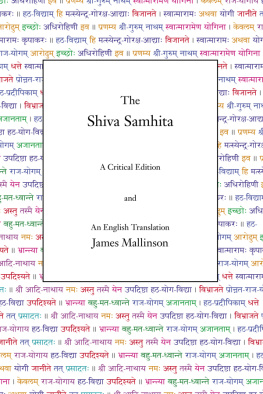

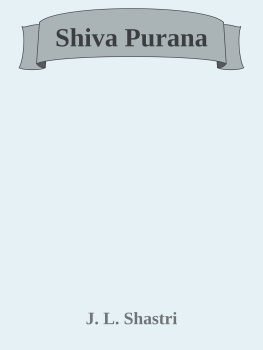
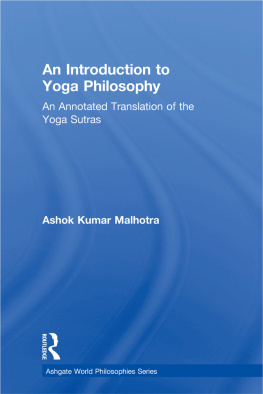
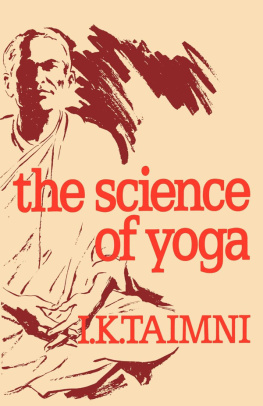
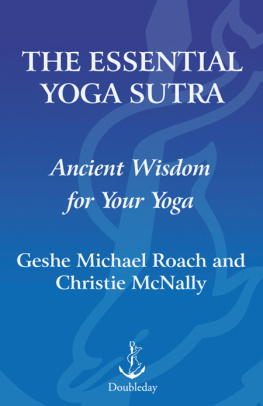
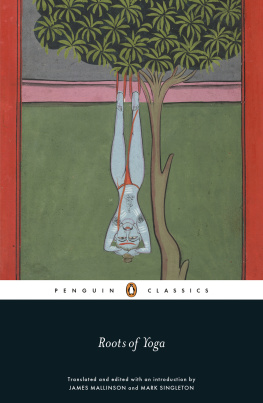
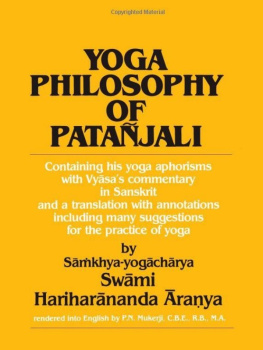
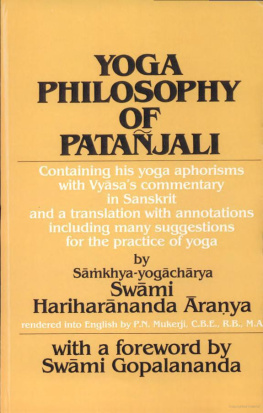
 The paper used in this book meets the requirements of the American National Standards Institute/National Information Standards Organization Permanence of Paper for Publications and Documents in Libraries and Archives, ANSI/NISO Z39.48-1992. British Library Cataloguing-in-Publication Data A catalogue record for this book is available from the British Library. Library of Congress Cataloging-in-Publication Data Sivasamhita. English & Sanskrit.
The paper used in this book meets the requirements of the American National Standards Institute/National Information Standards Organization Permanence of Paper for Publications and Documents in Libraries and Archives, ANSI/NISO Z39.48-1992. British Library Cataloguing-in-Publication Data A catalogue record for this book is available from the British Library. Library of Congress Cataloging-in-Publication Data Sivasamhita. English & Sanskrit.